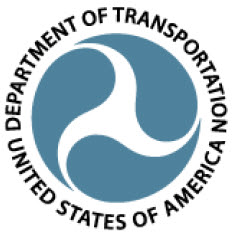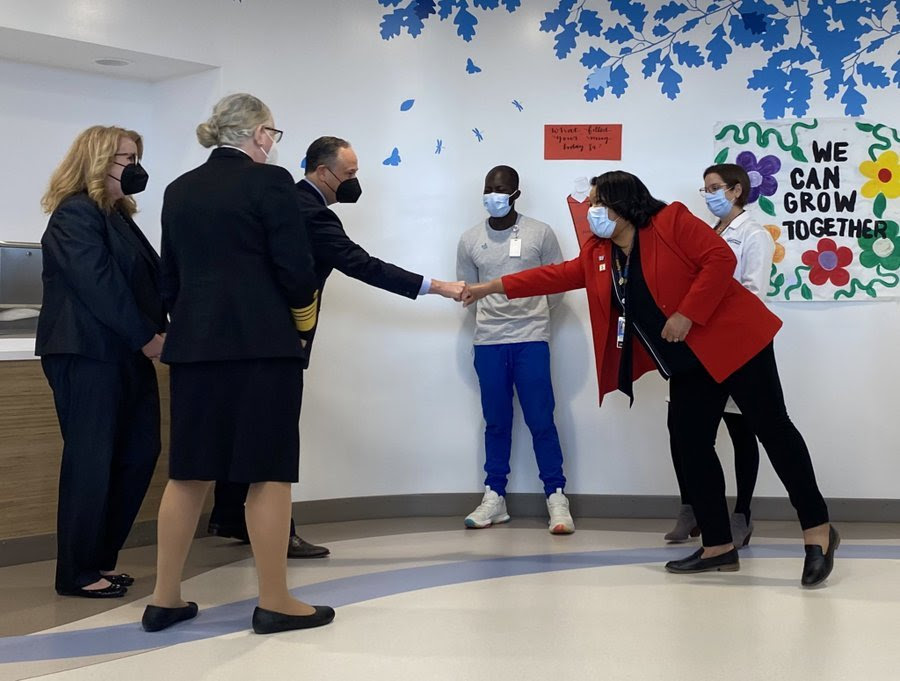CMS End of PHE Roadmap
CMS Prepares Providers and Suppliers for the End of the Public Health Emergency:
CMS Issues Updates on the End of Emergency Waivers and Flexibilities Issued during the PHE
By Kathy Lester, J.D., M.P.H.
Even though it appears that the Biden-Harris Administration will extend the COVID-19 Public Health Emergency (PHE) for at least another 90 days, CMS has begun the process of preparing for the termination of waivers and flexibilities that have been in effect during the pandemic. During the PHE, the American Ambulance Association has worked closely with CMS and Congress to make sure that ground ambulance services were prioritized and provided with waivers and flexibilities to support their integral role as a front-line medical response during the pandemic.
CMS announced its roadmap for the end of the PHE on August 18. The roadmap includes a summary of the policies that will terminate at the end of the PHE, but also notes that CMS intends to keep some policies in place even after the PHE ends. Examples of policies that will continue after the PHE is allowed to expire include certain morbidity and mortality reporting requirements on long-term care facilities and certain telehealth services expanded by Congress.
In its announcement, CMS indicated particular concern about patient safety. “As mentioned by Lee A. Fleisher, M.D.; Michelle Schreiber, M.D.; Denise Cardo, M.D.; and Arjun Srinivasan, M.D., in February 17, 2022, New England Journal of Medicine Perspective, ‘Safety has also worsened for patients receiving post-acute care, according to data submitted to the Centers for Medicare and Medicaid Services (CMS) Quality Reporting Programs…’”
As part of this announcement, CMS released a fact sheet detailing the current status of the Medicare waivers and flexibilities for ambulance providers and suppliers. Some of the policies highlighted in this fact sheet include:
- Vaccine Reimbursement Rates: CMS will continue to pay approximately $40 per dose for administering COVID-19 vaccines in outpatient settings for Medicare beneficiaries through the end of the calendar year that the COVID-19 PHE ends. Effective January 1 of the year following the year that the COVID-19 PHE ends, CMS will set the payment rate for administering COVID-19 vaccines to align with the payment rate for administering other Part B preventive vaccines. CMS plans to continue to pay a total payment of approximately $75 per dose to administer COVID-19 vaccines in the home for certain Medicare patients through the end of the calendar year that the COVID-19 PHE ends.
- Alternative Destination: CMS indicates that it will include this issue in future rulemaking.
- Treat in Place: CMS indicates that the waiver will end with the end of the PHE.
- Repetitive, Scheduled Non-Emergent Ambulance Transport (RSNAT) Prior Authorization: CMS notes that it has already returned to the full model operations including post-payment reviews of claims submitted during the PHE.
- Signature Requirements: Absent indications of potential fraud and abuse, CMS will not review claims for dates of service during the COVID-19 PHE for compliance with the signature requirements.
- Appeal Flexibilities: CMS will allow some of the flexibilities related to the timing of appears to continue consistent with existing authority for appeals once the PHE ends.
The AAA will continue to monitor the PHE and any changes in the waivers and flexibilities specific to ground ambulance services. We encourage members to reach out to our team if concerns or questions arise as CMS winds down the PHE.







 In his State of the Union address, President Biden announced an ambitious strategy to address our national mental health crisis. At the Health Resources and Services Administration, we stand with the President in his call for unity in our national response and know that for the millions of Americans living with a mental health condition or caring for a loved one with a mental health condition, the time for action is now.
In his State of the Union address, President Biden announced an ambitious strategy to address our national mental health crisis. At the Health Resources and Services Administration, we stand with the President in his call for unity in our national response and know that for the millions of Americans living with a mental health condition or caring for a loved one with a mental health condition, the time for action is now. In February, HRSA announced the winners of the Promoting Pediatric Primary Prevention Challenge, $66.5 million to support community-based vaccine outreach efforts, more than $560 million in pandemic relief payments to health care providers, funding to increase virtual care quality and access, and new funding to support primary care residency programs.
In February, HRSA announced the winners of the Promoting Pediatric Primary Prevention Challenge, $66.5 million to support community-based vaccine outreach efforts, more than $560 million in pandemic relief payments to health care providers, funding to increase virtual care quality and access, and new funding to support primary care residency programs.
 With this funding, nearly $19 billion will have been distributed from the Provider Relief Fund and the American Rescue Plan Rural provider funding since November 2021
With this funding, nearly $19 billion will have been distributed from the Provider Relief Fund and the American Rescue Plan Rural provider funding since November 2021
 Our
Our  A
A  Climate change influences human health and diseases in numerous ways. Underserved communities stand to bear the brunt of these climate-induced risks (e.g., extreme heat, poor air quality, flooding, extreme weather events). HRSA and CDC’s Climate and Health Program invite you to consider the impacts of climate change on the U.S. health care system. CDC will share its work to build resilience to these public health effects.
Climate change influences human health and diseases in numerous ways. Underserved communities stand to bear the brunt of these climate-induced risks (e.g., extreme heat, poor air quality, flooding, extreme weather events). HRSA and CDC’s Climate and Health Program invite you to consider the impacts of climate change on the U.S. health care system. CDC will share its work to build resilience to these public health effects.
 Children’s mental health continues to be a top priority for state leaders across both legislative and executive branches of state government. With COVID-19 exacerbating the challenges children are facing, there is much more work to be done.
Children’s mental health continues to be a top priority for state leaders across both legislative and executive branches of state government. With COVID-19 exacerbating the challenges children are facing, there is much more work to be done.



















